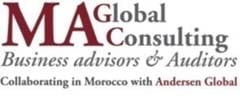Morocco
Morocco’s Business Environment
Located in the northwest of the African continent and 15 kilometers from Europe of which it is separated by the Strait of Gibraltar, Morocco is a privileged geostrategic crossroads between Africa, Europe and the Arab world.
